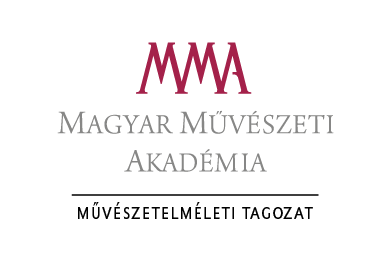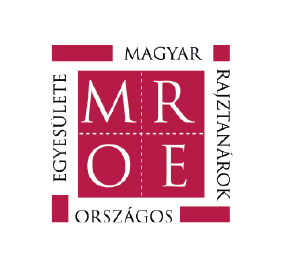Presentation types
You may submit presentation, symposium and poster proposals (A0 format posters) for EWAE.
UPLOADING ABSTRACTS:
You may not appear as first author on more than two papers. In addition, you may act as a symposium chair or discussant once. Symposia, thematic performances or posters may have up to five authors
- Please register under the REGISTRATION – ONLINE REGISTRATION sub-menu on the conference website.
- You receive an e-mail confirming your registration to the e-mail address that you provided. (Please, check the spam folder too if you have not received the e-mail.)
- Please re-enter the website via LOGIN sub-menu and on the participant site, upload your abstract under the REGISTRATION – SUBMITTING PRESENTATIONS AND RESULTS sub-menu.
In the case of symposia, the menu option to upload individual presentations becomes available after saving the extended summary of a symposium. - After uploading your abstract, you will receive a confirmation e-mail.
- The first author of the presentation or the chair of the symposium will be notified about the results of the review process via e-mail.
- Accepted presentations will appear in the program only if the authors have registered as participants and paid the conference fee.
- Authors of papers proposed for publication by the Scientific Committee will be invited to submit their paper for publication in the peer-reviewed conference proceedings after the conference.
Abstracts can be 2000 to 3000 characters in length, including bibliography (4-5 references.) All submissions –including symposia – must be made without author identification, for blind review. If the abstract contains any information (e.g. self-reference, name, institution) that would identify its author, the Scientific Programme Committee will reject the abstract and it could not be resubmitted. There are separate sections on the submission form for title, authors and acknowledgements.
Abstract should detail the following details of the theoretical or empirical work:
- Purpose
- Theoretical/pedagogical background
- Research design and methods
- Results
- Theoretical and practical relevance
Abstracts will be evaluated by two reviewers, according to the Review criteria.
Information to be provided when uploading abstracts:
- the title of the presentation
- the name(s) of authors (all authors have to register for the conference prior to submission)
- e-mail address(es) and institutional affiliation(s)
- minimum 3, maximum 5 keywords
- indication of the genre of the presentation: theoretical or empirical (educational practice oriented)
- acknowledgements (information about grants or other forms of support) – optional
Your presentation will be included in one of these thematic areas:
- Life reform and the arts – people, relationships, impacts
- Nature, naturalness, closeness to nature in art and museum education
- The impact of life reform and reform pedagogy on art and museum pedagogy
- The various reform movements and their relationship with innovative approaches in visual culture, music, dance, puppetry, children's literature, and drama pedagogy
- Art pedagogy trends in shaping the modern body and movement culture
- Research and training in contemporary art and art education in the fields of music, visual culture, drama, and children's culture
- Innovative research, methodology and good practices in art, art education, and museum pedagogy
- Pedagogical tools and methods of music, dance, and visual arts
- Children's and youth culture, children's art in the past and in the present
- The place and role of play in the various forms of formal education
- Intermodal collaborations, complex pedagogical models in the teaching and research of art education, children's culture, and play
- Art and science integration models
Paper sessions
Paper sessions are oral presentations of four papers, followed by a discussion with the audience. Theoretical and empirical papers should present a completed research project, or they will not be accepted. Research that is at an earlier stage should be submitted for Poster sessions.
Paper sessions are scheduled for 90 minutes. Presenters are given 15 minutes presentation time, followed by 5 minutes for questions. At the end of all presentations, there is a 10-minute-long open discussion.
Poster sessions
Interactive poster sessions combine graphic display of materials with the opportunity for individualised, informal discussion of the research throughout a 90-minute session.
Each session involves five or six posters, with a short oral presentation by the authors, followed by a discussion between them and the audience.
Materials for fixing posters on the walls or poster boards will be provided.
Symposia
Symposia are planned sessions related to a specific topic area involving up to four presenters and a chair and one discussant/opponent. Symposia sessions are directed by a chair, involving up to four presenters and one opponent. All participants, including the opponent, should be registered as participant at the time of submission.
A symposium is scheduled for 90 minutes, allowing 15 minutes presentation time for each speaker, 10 minutes for the discussant, and 20 minutes for open discussion.



